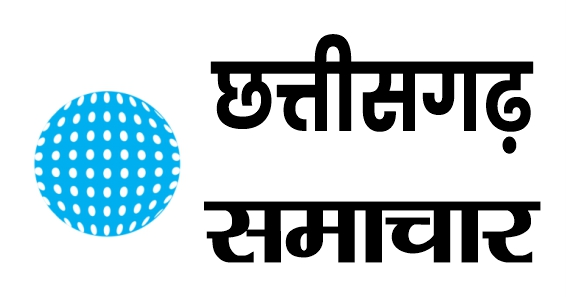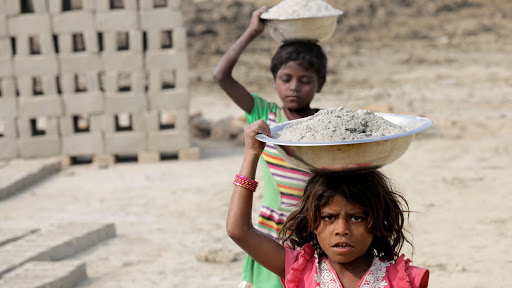The world is under a huge crisis at the moment. Each and every individual rich or poor is deeply affected by this crisis. Financial losses, closure of business, or loss of a job might increase the problems further. The education sector is also affected and due to lockdown, the government has postponed the exams and has ordered to temporarily close down all educational institutions. Professionals are working from home and students sitting at home. Closing of schools might lead to an increase in child labor and other problems like child abuse and child trafficking.
The government must focus on the impact of the crisis on child labor. The COVID-19 health pandemic and the resulting economic recession and decline in labor market have changed people’s lives and livelihoods. Parents are worried about the future and children are often the first to suffer. According to official figures, there are an estimated 152 million children in child labor and this figure might double post-COVID-19. Every year, millions of vulnerable children are forced into child labor.
To regulate the child labor practices in India, The central legislature of India had enacted a legislation Child and Adolescent Labour (Prohibition and Regulation) Act, 1986 (“CL Act”). Changes were made in the provisions of the CL Act in the year 2016 and amendments were effective from July 30, 2016. CL Act has been changed to ‘Child and Adolescent Labour (Prohibition and Regulation) Act, 1986’.
A complete prohibition has been imposed on employment of child labour (i.e. a person below the age of 14 years) in any establishment whether hazardous or not. A child is permitted to work only to help family, in family enterprise or as child artist after school hours or during vacations. The amendment has introduced the concept of adolescent labour for the first time. An adolescent has been defined as a person between the ages of 14-18 years. It is therefore more important now for the government to keep a check on the working conditions for adolescent labour as well as the working conditions for children in family run businesses. This would require more personnel deployment which currently is in shortage. The government, in order to effective monitor the ground realities involve and empower the non-governmental organizations and individuals who are actively involved and are working for the said cause.
The Indian Government and the administration have miserably failed in reducing the child labor problems. Every year lakhs o students leave studies and work to get a two time meal for their family. India’s child labor law has been ineffective. And this pandemic might increase the child labor problem further. With over 1 billion students sitting at home due to closure of schools and colleges, poor people might push their children into child labor. Children are the future of this country and education produces intelligent minds. Government will play an important role here. Government should come with more stringent labor laws which might reduce the child labor problems. Education ministry should work with education institutes to bring awareness about child labor and come up with scholarships and schemes to help children affected during lockdown.
Yukti Kumar @ Samacharline









